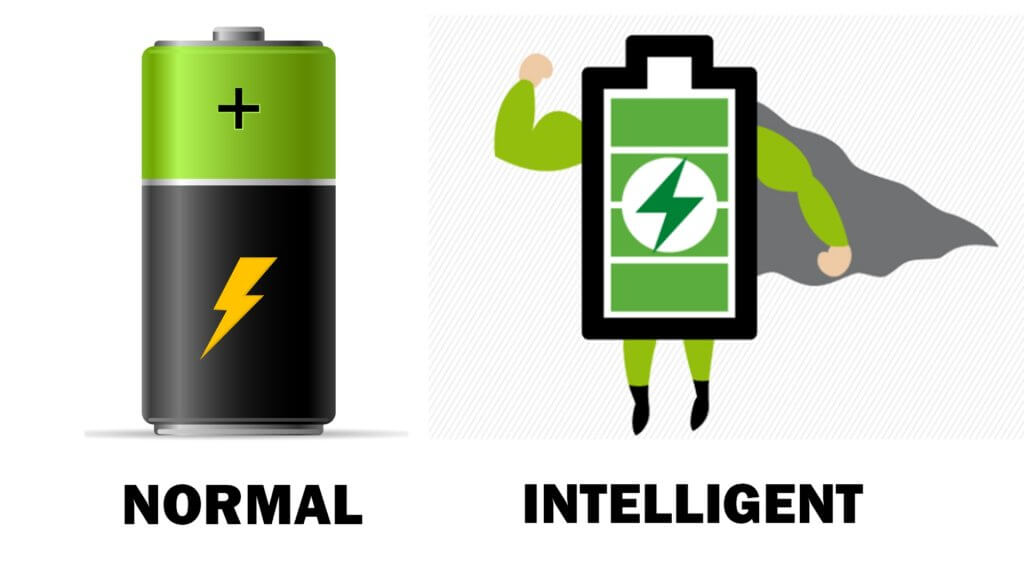In the fast-paced world of the apparel industry, efficient inventory management is a
critical factor for success. In fact, the global apparel market exhibited substantial growth from $610.12 billion in 2022 to $652.94 billion in 2023, reflecting a notable compound annual growth rate (CAGR) of 7.0%. This surge underscores the industry’s dynamic nature, emphasizing the importance of streamlined inventory processes to meet the demands of an ever-expanding market.
As consumer demands evolve and supply chains become more complex, traditional methods of inventory tracking are no longer sufficient. Fortunately, advancements in technology offer innovative solutions to streamline and optimize inventory management in the apparel sector.
In this blog post, we will explore five cutting-edge technology solutions that are transforming the way apparel businesses track their inventory.
Enterprise Resource Planning
An ERP system, short for enterprise resource planning, serves as a comprehensive business management solution integrating various functions across an organization. This all-encompassing software optimizes processes, enhances collaboration, and provides real-time insights. In the dynamic landscape of the apparel industry, where seamless coordination and data accuracy are paramount, implementing an ERP system for apparel industry operations becomes pivotal.
Such specialized ERP solutions streamline inventory management, supply chain logistics, and production planning. By unifying disparate operations, an ERP system for the apparel industry not only increases efficiency but also empowers businesses to adapt swiftly to market trends, ensuring sustained growth and competitiveness.
RFID Technology
Radio-frequency identification (RFID) has emerged as a game-changer in the apparel sector’s inventory management. RFID tags, equipped with small chips and antennas, can be attached to individual clothing items or packaging. These tags emit radio waves that can be read by RFID readers, allowing for real-time tracking and monitoring of inventory.
RFID technology provides unparalleled accuracy and speed in inventory tracking. Unlike traditional barcode systems, RFID tags can be scanned without direct line-of-sight, enabling quick and efficient inventory checks. This technology minimizes human error and significantly reduces the time spent on manual inventory counts, allowing apparel businesses to streamline their operations and enhance overall efficiency.
IoT-Enabled Sensors
The advent of the Internet of Things (IoT) has ushered in a new era of possibilities for inventory tracking within the apparel sector. Integrating IoT-enabled sensors into storage bins, shelves, and individual garments provides an unprecedented level of real-time data on inventory levels and conditions. These sensors go beyond mere tracking, monitoring critical factors like temperature, humidity, and motion, ensuring that products are not only tracked but also stored under optimal conditions.
By harnessing the power of IoT technology, apparel businesses can unlock valuable insights into their supply chain and warehouse operations. For instance, these sensors can proactively
alert warehouse managers to potential stockouts, prevent spoilage by closely monitoring environmental conditions, and optimize storage space utilization. This forward-thinking and proactive approach to inventory management empowers businesses to make informed decisions, promoting overall supply chain resilience and ensuring they stay agile in the face of industry challenges.
Mobile Applications for Inventory Tracking
The proliferation of smartphones has paved the way for mobile applications that offer on-the-go inventory tracking capabilities. Warehouse staff can use mobile devices equipped with barcode scanners or RFID readers to update inventory levels in real time as they handle incoming shipments, fulfill orders, or conduct regular stock checks.
Mobile applications enhance the flexibility and efficiency of inventory tracking processes. They provide real-time visibility into inventory levels, allowing businesses to respond quickly to changes in demand or supply chain disruptions. Additionally, mobile apps can improve communication and coordination among warehouse staff, fostering a more collaborative and responsive work environment.
Blockchain Technology
Blockchain technology is gaining traction in the apparel sector as a secure and transparent solution for inventory management. By creating an immutable and decentralized ledger, blockchain ensures the integrity of transactional data throughout the supply chain. This can be particularly beneficial in addressing issues such as counterfeit products and unauthorized distribution.
Blockchain enables a transparent and traceable supply chain, which is crucial in the apparel sector where authenticity and sustainability are growing concerns for consumers. By recording every transaction on a blockchain, apparel businesses can create an auditable trail that verifies the origin and authenticity of each product. This not only enhances consumer trust but also helps in compliance with ethical and sustainability standards.
Wrapping Up
The apparel sector is experiencing a technological revolution in inventory management, driven by advances such as ERP software, RFID tags, IoT-enabled sensors, mobile applications, and blockchain.
Adopting cutting-edge solutions like these will give businesses an edge against competitors, enhance operational efficiencies, and keep pace with ever-evolving market needs. By adopting them, businesses will gain a competitive edge, improve operational efficiencies, and keep up with shifting market needs; entering an age when inventory management will become smart, efficient, and adaptable to changing environments within apparel industries.






















